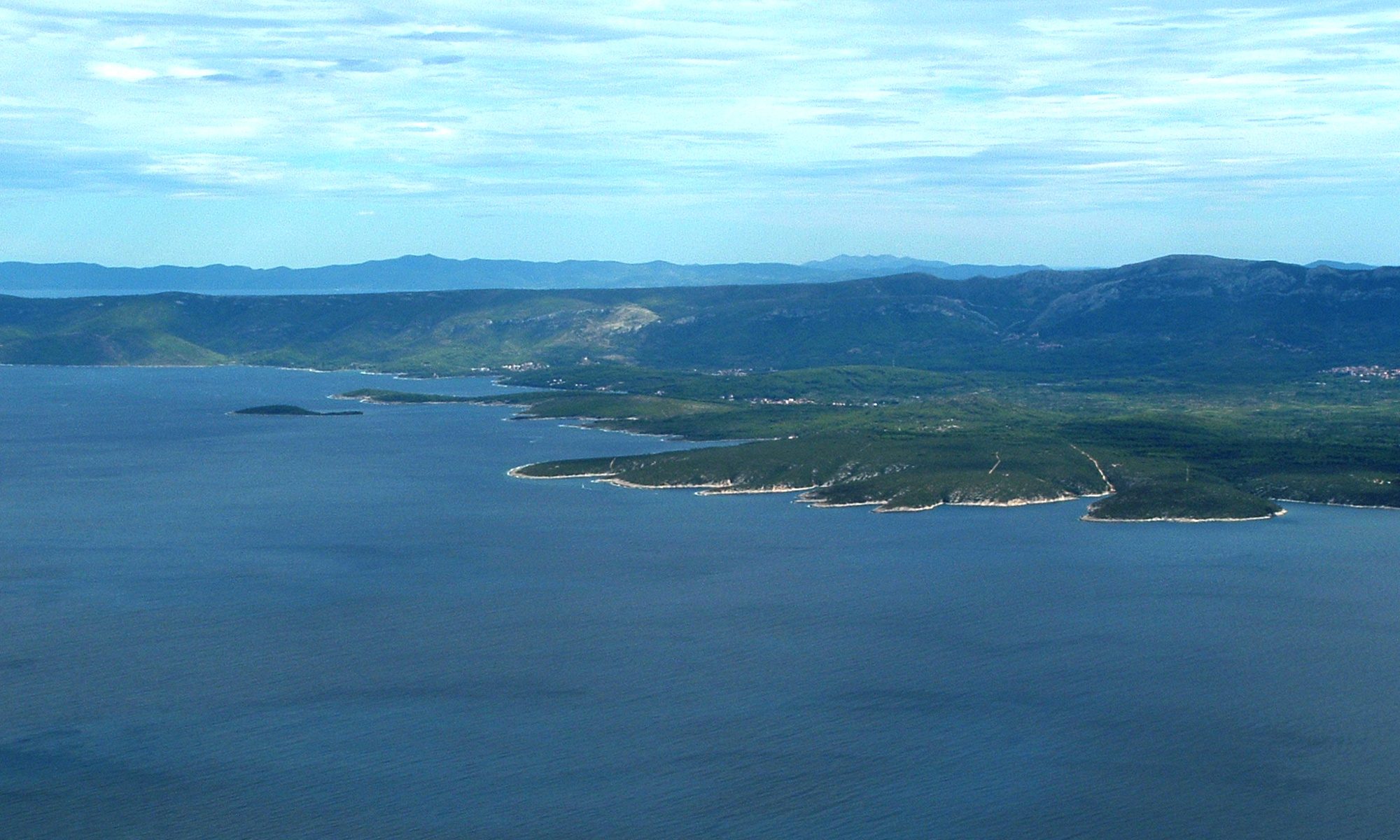Areal Surveying of the Ice Thickness of the World’s Biggest Ice Cave
Manfred F. Buchroithner, Kaidong, A., Schröter, B. | Institute for Cartography, TU Dresden, Germany
Keywords: Ice cave, Ground-Penetrating Radar, Ice-Thickness Mapping, Eisriesenwelt
The Eisriesenwelt Cave in the Tennen Mountain Massif, above the village of Werfen, ca. 55 km south of the city of Salzburg, is the biggest ice cave on earth and one of the top-ten touristic sights of Austria. After a series of biannual laserscanning surveys of its ice-covered part carried out by the Institute for Cartography of Dresden University of Technology, the owners of the cave asked the prime author if an areal survey of the rockbed below the ice would be possible. Hence, from 20th to 23rd April 2017 a field campaign using a ground penetrating radar (GPR) instrument was carried out. By means of this non-invasive method a series of 143 profiles over the whole ice-covered part of the cave have been completed. They cover the entire more than one kilometer long ice part of the Eisriesenwelt.
For the raw GPR data multiple signal pre-processing steps were conducted to enhance the ice-rock boundary, including dewow filtering, time-zero correction, gain functioning, and trace editing. Dewow filtering eliminates the so-called “wow” effect which causes signal biases in the low-frequency domain. This first step of signal pre-processing improves raw data accuracy. Then the “time-zero” of the temporal domain of the dewow-filtered reflected radar signals needed to be corrected: the corrected time-zero was set to 18 nanoseconds to eliminate the reflection echo from ice surface and radar shell. To further enhance the resolving power of subject amplitude-differences, gain functions were used. During the hand-dragging of the GPR antenna over the ice surface occasionally incidental stops occurred, resulting in the collection of redundant traces. Hence, in a last step, trace editing, was performed in order to get rid of these data redundancies by deleting repeating traces.
Like in all directions, also vertically, radar signals propagate in the temporal domain. To convert the propagation time into the depth domain and for the spatial correction of the reflection signal, GPR data migration based on velocity modelling was applied. Using the information of electron-magnetic propagation velocities in the cave-ice, determined during previous investigations to amount to 0.167 m/ns, a velocity model can be built for data migration. This resulted in a recorded maximum ice-thickness of 20.2 m in the so-called Odin’s Hall. At two separate spots the measured GPR values could be validated by earlier drill-hole depths.
Along the profiles, sets of feature points containing ice-depth information were extracted with a quasi-equidistance method for further interpolation. Empirical Kriging was chosen to interpolate the final ice-thickness distribution. By interpolating the results using the Empirical Kriging method, a contour-line map of the ice thickness was generated. In addition, five detailed-scale maps sheets were prepared.
In contrast to overground glacier-thickness displays, the ice thickness was not only measured perpendicular to the ice surface (rather than in vertical direction) but also cartographically depicted this way, thus – so-to-speak – displaying the local thickness of the “ice coating”. By bringing both the surface laserscan-data and the rock-bed data into the same geometric reference system, the ice volume of the Eisriesenwelt can be calculated, thus delivering a valuable proxy for future paleoclimate archives. Globally, the whole undertaking was the first-ever areal ice-thickness mapping in a cave.
